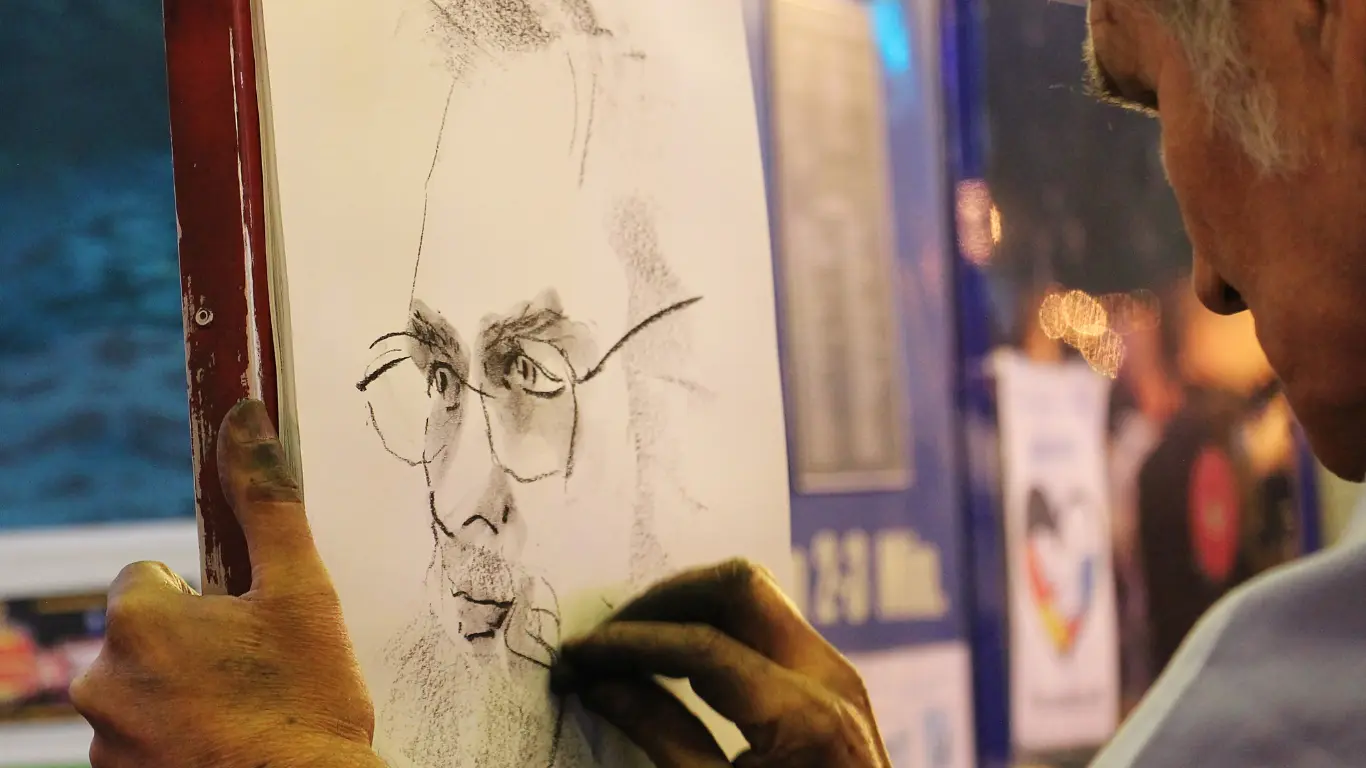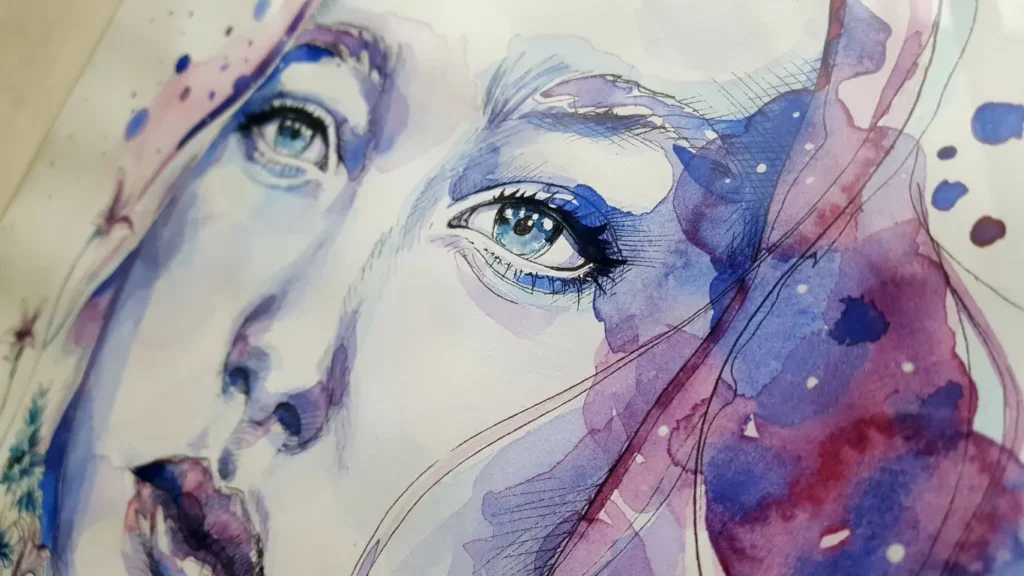Drawing cats can be an exciting and creative experience for artists of all levels. Whether you’re a beginner just starting to learn or a seasoned artist looking for inspiration, capturing the essence of a cat in your drawing is both rewarding and challenging.
But where do you start? And how do you refine your skills to create realistic, lifelike, or stylized illustrations of these charming creatures?
In this detailed guide, we’ll walk you through the basics and techniques of cat drawings while using the unique keyword “Drawing:a4z_-ymtkr8= Cat” to help you refine your search and bring something new to your artistic style. Stick around, as this article is packed with helpful tips, FAQs, and everything you need to know about perfecting your cat drawings On KongoTech.
Why Draw Cats?
Cats are captivating animals with their sleek bodies, sharp features, and playful personalities. Drawing cats allows you to explore various artistic styles — from realistic, detailed portraits to simplified, cartoonish representations.
Cats also provide a great exercise in understanding anatomy, movement, and texture, giving artists the chance to challenge themselves while having fun.
But, here’s the hook: mastering the perfect cat drawing is easier than you think, and we’re going to show you how!
Getting Started with “Drawing:a4z_-ymtkr8= Cat”
Whether you’ve been drawing for years or you’re completely new to sketching, one keyword stands out in the artistic world: Drawing:a4z_-ymtkr8= Cat. It’s unique, intriguing, and opens up a world of specific cat-related drawing techniques that you might not have explored before.
But what exactly does “Drawing:a4z_-ymtkr8= Cat” refer to? This term can be interpreted as a method, tool, or specific niche within the world of drawing, aimed at refining your skillset and diving deep into the art of drawing cats. In this section, we’ll outline the first steps you should take when embarking on this journey.
Step 1: Gather Your Drawing Materials
Before jumping into your “Drawing:a4z_-ymtkr8= Cat” journey, it’s crucial to gather all the necessary materials. The basics include:
- Sketchpad or Paper: Choose a good-quality A4 sketchpad or loose sheets for practice.
- Pencils: Start with a range of pencils, from hard (H) to soft (B) types. A mechanical pencil is great for detailed work.
- Erasers: Both standard and kneaded erasers are essential to clean up your sketches.
- Blending Tools: These help in shading and adding dimension to your cat drawings.
- Reference Images: Having cat reference photos or using live observation will give you a better understanding of form and movement.
Step 2: Understanding Cat Anatomy
When working on “Drawing:a4z_-ymtkr8= Cat“, understanding feline anatomy is key. Cats have a unique structure that, once mastered, allows you to draw them in any position or style. Here are a few basics to keep in mind:
- Head Shape: Cats have round heads with slightly pointed chins. Their ears are triangular and sit wide apart.
- Body Structure: They have long, flexible bodies with muscular limbs. Pay attention to their posture, whether they’re sitting, crouching, or stretching.
- Eyes: Cat eyes are often almond-shaped, large, and expressive.
- Tail: The tail is a key feature in expressing a cat’s mood. A straight-up tail could signify curiosity, while a puffed-up tail might indicate fear.
Take time to study these elements and try to visualize how they would look from different angles.
Step 3: Basic Sketch — Start with Simple Shapes
Begin your cat drawing with simple shapes. This is one of the most common and effective methods for beginners and professionals alike, especially when you’re working with “Drawing:a4z_-ymtkr8= Cat.”
Here’s how:
- Head: Draw a circle for the head. This will act as the guide for where the ears, eyes, and nose will go.
- Body: Use an oval or rectangle for the body. This helps establish the cat’s stance, whether sitting or walking.
- Limbs: Draw simple lines or cylindrical shapes for the legs.
- Tail: Add a curve that represents the flow and movement of the tail.
Once you’ve laid down the basic shapes, you can start refining them to make your sketch look more realistic.
Step 4: Shading and Adding Details
Shading is a fundamental part of drawing, especially when it comes to bringing a realistic texture to your “Drawing:a4z_-ymtkr8= Cat.” The fur, the shine in the eyes, and the contours of the body all require different shading techniques.
- Fur: Use light, quick pencil strokes to imitate fur texture. Vary the stroke length and direction to make it look more natural.
- Eyes: Pay close attention to the light source. Cat eyes often have a glossy appearance, so leave a small white spot to represent reflection.
- Body Contours: Use gentle blending to give the body depth and dimension. Make sure to emphasize the muscle lines along the legs and torso.
Step 5: Experiment with Styles
One of the exciting aspects of “Drawing: a4z_-ymtkr8= Cat” is experimenting with different artistic styles. You can try your hand at:
- Realism: Capture every detail with precision, from the fur texture to the unique patterns on the cat’s coat.
- Cartoonish: Exaggerate features like the eyes and whiskers, giving your cat drawing a fun, playful look.
- Minimalism: Focus on basic lines and shapes to convey the essence of a cat without too much detail.
Trying out different styles will not only improve your skills but will also help you discover which approach best suits your artistic voice.
Drawing: a4z_-ymtkr8= Cat — Common Mistakes and How to Avoid Them

While working on your cat drawing, it’s easy to run into common pitfalls. Let’s go over some mistakes people often make with “Drawing:a4z_-ymtkr8= Cat” and how to avoid them:
Misproportions: Cats have slender, flexible bodies, so ensure that their head isn’t too large or small in comparison to their body.
Overdoing the Fur: Too many overlapping strokes can make your cat’s fur look unrealistic. Keep your strokes light and purposeful.
Ignoring the Eyes: Cat eyes are often the most captivating part of the drawing. Make sure they’re expressive and lifelike.
Final Touches for Your “Drawing: a4z_-ymtkr8= Cat”
Once your drawing is complete, take some time to review your work. Ask yourself:
- Does the drawing capture the essence of the cat?
- Are the proportions correct?
- Does the shading add depth and realism?
After answering these questions, consider enhancing your drawing with some final touches, such as darkening certain areas or highlighting features to add contrast.
Conclusion
With the right techniques and practice, anyone can create a beautiful, lifelike cat drawing. By following the steps in this guide, you’ll be well on your way to mastering “Drawing: a4z_-ymtkr8= Cat” and developing your unique artistic style. Whether you’re focusing on realistic sketches, cartoonish portrayals, or even abstract cats, the key is to keep practicing, experimenting, and enjoying the process.
FAQs About Drawing: a4z_-ymtkr8= Cat
What is the best way to start drawing a cat?
Start by using simple shapes to outline the basic structure of the cat. Use circles for the head and body, and lines for the legs and tail. Build up from these shapes to create a more detailed sketch.
How can I improve my cat drawings?
Improvement comes with practice. Try to draw from real-life reference photos, observe the way cats move, and practice shading techniques to make your drawings more lifelike.
What materials do I need for cat drawings?
You’ll need a good-quality sketchpad or drawing paper, a range of pencils (H to B grades), an eraser, and blending tools. You might also want to use colored pencils or pastels for added depth.
Why is shading important in cat drawings?
Shading adds depth and realism to your drawings. It helps represent fur, light, and shadow, making your drawing look more three-dimensional.
Can I draw cats in different styles?
Absolutely! Cats can be drawn in various styles — realistic, cartoonish, or abstract. Don’t be afraid to experiment and find a style that best suits your preferences.
